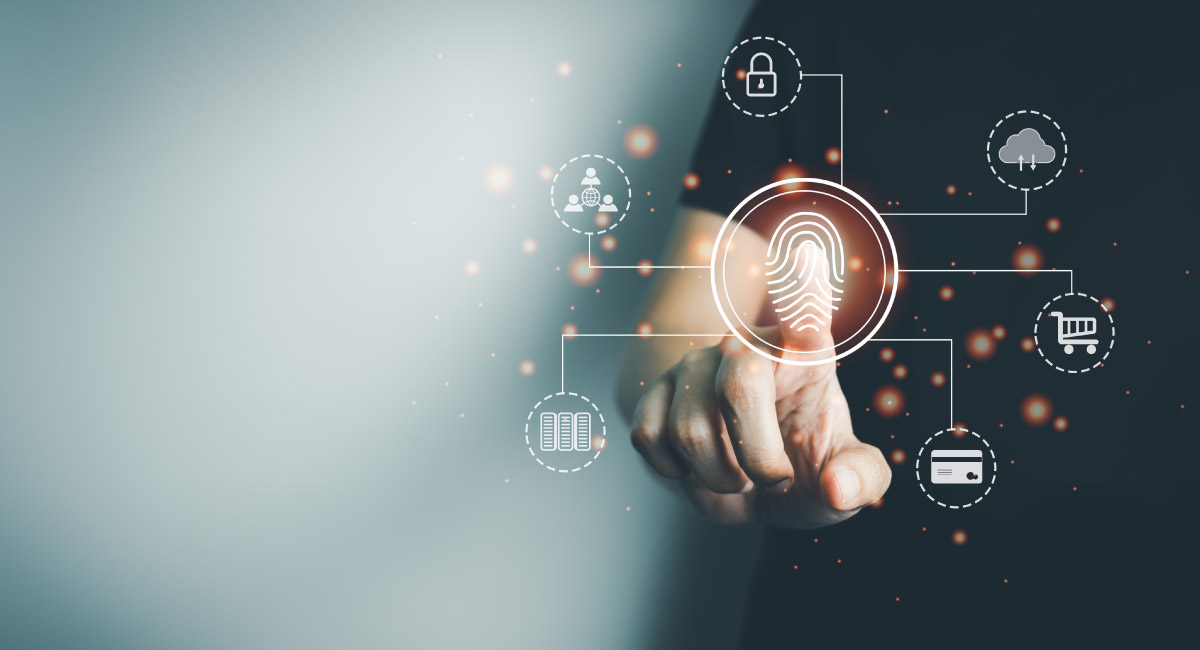Cybersecurity has become a paramount concern for organizations worldwide in the digital era. As businesses increasingly move their operations online, the need to protect sensitive data and systems from unauthorized access has never been more critical. This is where Identity and Access Management (IAM) comes into play. IAM is not just a technology or a set of tools; it’s a crucial strategy in an organization’s cybersecurity framework.
This comprehensive guide will explore the ins and outs of IAM, including its definition, components, benefits, and drawbacks. It also shares a cybersecurity bootcamp professionals can take to ensure they have the latest skills to succeed in this high-demand field.
What is Identity and Access Management?
Identity and Access Management (IAM) is a framework of policies, processes, and technologies organizations use to manage digital identities and control user access to critical information and systems. At its core, IAM ensures that the right individuals access the right resources at the right times for the right reasons. This discipline covers a broad spectrum of functionalities — from identity governance to access management, directory services, authentication, and authorization mechanisms. IAM is a cornerstone of cybersecurity, playing a vital role in protecting an organization’s digital assets from breaches, insider threats, and cyberattacks.
Also Read: Best Practices for Cybersecurity: A 2024 Guide
How Identity and Access Management (IAM) Boosts Security
IAM enhances security by enforcing strict access controls and identity verification measures. It mitigates risks associated with identity theft, phishing attacks, and unauthorized access to sensitive data. By implementing robust authentication methods, such as multi-factor authentication (MFA), IAM systems ensure that users are who they claim to be. Furthermore, IAM solutions enable organizations to comply with regulatory requirements by providing audit trails of access events, ensuring accountability and transparency in access management.
Components of Identity and Access Management
The IAM framework consists of several key components:
- Identity Governance: The policy-based centralized orchestration of user identity management and access control. Identity governance helps in compliance management, role management, and segregation of duties.
- Access Management: This controls access to resources across the technological environment. It includes single sign-on systems, multi-factor authentication, and entitlement management.
- Directory Services: Store and manage user identity information, including roles, passwords, and access privileges.
- Authentication Services: Verify the identity of users attempting to access resources. This can involve passwords, biometric data, smart cards, or MFA.
- Authorization and Audit: Determine whether a user should be allowed access to a particular resource and track who accessed what, when, and under what conditions.
How Does IAM Work?
IAM systems work by identifying, authenticating, and authorizing individuals or groups of individuals to have access to applications, systems, or networks by associating user rights and restrictions with the established identity. Initially, a user claims an identity through registration, followed by authentication using one or more factors (something you know, have, or are). Once authenticated, the system uses policies and rules to determine the access level and permissions for the user, facilitating or denying their access to resources accordingly.
Identity and Access Management Tools
Several tools and solutions facilitate the implementation of IAM policies and procedures. These include:
- Identity Providers (IdPs): Services that manage digital identities.
- Access Management Systems: Solutions that control access to resources within an organization.
- Single Sign-On (SSO): Allows users to log in once and gain access to multiple systems without re-authenticating.
- Multi-Factor Authentication (MFA): Adds an additional layer of security by requiring multiple forms of verification.
- Privileged Access Management (PAM): Controls access to critical systems and data by managing privileged accounts and credentials.
Also Read: How To Get Into Cybersecurity in 2024? A Complete Guide
Benefits of Identity and Access Management Systems
The adoption of IAM systems brings several benefits:
- Enhanced Security: IAM systems reduce the risk of data breaches and cyberattacks by strictly controlling access.
- Increased Productivity: Streamlined access to resources and applications increases employee productivity and satisfaction.
- Compliance: IAM helps organizations comply with regulatory standards by enforcing access policies and providing audit trails.
- Cost Reduction: Automating identity and access management processes can lead to significant cost savings by reducing the need for manual intervention and mitigating the risk of data breaches.
Advantages of IAM
Beyond the core benefits, IAM offers specific advantages:
- Scalability: IAM solutions can grow with an organization, seamlessly handling increasing users and access points.
- Flexibility: Modern IAM systems are designed to adapt to the evolving landscape of cybersecurity threats and technological advancements.
- User Experience: By reducing the number of logins and passwords required, IAM improves the overall user experience.
Disadvantages of IAM
While IAM systems are crucial for cybersecurity, they also have potential drawbacks:
- Complexity: Implementing an IAM system can be complex and time-consuming, requiring specialized knowledge and resources.
- Cost: An IAM system’s initial setup and ongoing maintenance can be expensive, especially for small and medium-sized enterprises (SMEs).
- Risk of Mismanagement: IAM systems can introduce risks, such as inappropriate access levels or overlooked security vulnerabilities, if not properly managed.
Cybersecurity Professionals are in High Demand
Identity and Access Management (IAM) is essential to any organization’s cybersecurity strategy. By effectively managing digital identities and access permissions, IAM systems protect against unauthorized access and cyber threats, ensuring the security and integrity of an organization’s critical data and systems. While challenges and costs are associated with implementing and maintaining IAM systems, the benefits outweigh these drawbacks.
As cyber threats continue to evolve, the role of IAM in cybersecurity will only become more critical. It is an indispensable tool for organizations aiming to safeguard their digital assets in the ever-changing landscape of cyber threats. That’s why skilled professionals are in such high demand. If you’re interested in this field, consider taking an immersive online cybersecurity program to fill today’s substantial talent gap.
Also Read: Cybersecurity Job Description: A Complete Guide
FAQs
1. What is identity and access management in security?
Identity and Access Management (IAM) in security refers to the processes, policies, and technologies organizations use to manage digital identities and regulate user access to resources within the system. IAM ensures that the right individuals have access to the appropriate resources at the right times for legitimate reasons. It is crucial to safeguard sensitive data and systems from unauthorized access and cyber threats.
2. What is the role of IAM in cybersecurity?
The role of IAM in cybersecurity is to enhance an organization’s security posture by providing a framework to prevent unauthorized access, data breaches, and other cyber threats. IAM achieves this by implementing robust authentication methods, managing user identities and permissions, and ensuring compliance with regulatory standards. It acts as a gatekeeper, ensuring only authorized users can access specific resources and data, mitigating potential security risks.
3. What are the components of IAM?
The components of IAM include:
- Identity Governance: Manages roles and access policies, ensuring compliance and efficient access control.
- Access Management: Controls and monitors access to resources within an organization.
- Directory Services: A database that stores and manages user information, including identities, security credentials, and access rights.
- Authentication Services: These services verify the identity of users attempting to access the system, typically through passwords, biometrics, or multi-factor authentication.
- Authorization and Audit: Determines what resources a user can access and logs access attempts and activities for compliance and security monitoring.
You might also like to read:
How to Build and Implement Cybersecurity Skills
How to Become a Cybersecurity Engineer? A Complete Guide
How to Become an Ethical Hacker: A Complete Guide






